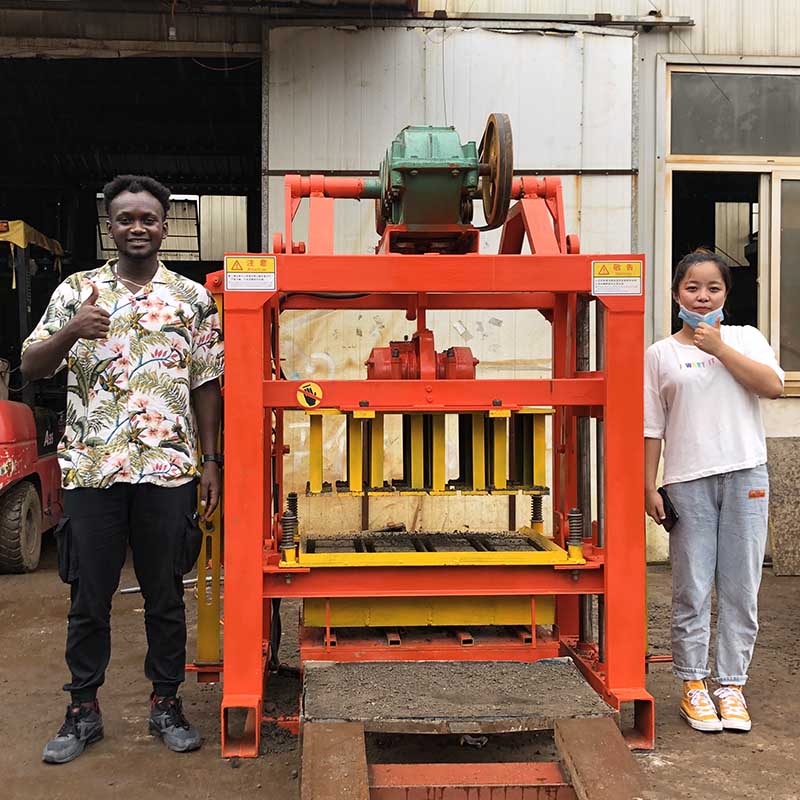
Image source: Aiweiblockmachine
Introduction:
With growing concerns about environmental impact, sustainable practices in block making have gained prominence. This article explores eco-friendly materials and techniques used in block production to minimize the construction industry’s environmental footprint.
- Environmental Impact of Traditional Block Production Methods: Traditional block production methods often rely on energy-intensive processes and use non-renewable materials like clay or natural aggregates. This results in significant carbon emissions, resource depletion, and environmental degradation.
- Eco-friendly Materials for Block Making: a. Recycled Aggregates: Utilizing recycled materials, such as crushed concrete or demolished waste, in block production reduces the demand for new raw materials and diverts waste from landfills. b. Fly Ash: Incorporating fly ash, a byproduct of coal-fired power plants, in block mixes reduces cement consumption, lowering greenhouse gas emissions during production. c. Slag: Using granulated blast furnace slag enhances block strength and durability while reducing the environmental impact associated with traditional cement production.
- Energy-efficient Block Making Techniques and Technologies: a. Efficient Curing: Optimized curing techniques reduce energy consumption during the block-curing process, promoting sustainable production practices. b. High-pressure Compaction: High-pressure compaction methods increase block density, reducing the need for excess cement and enhancing block quality.
- Green Certifications and Standards for Sustainable Block Production: Green certifications and standards, such as LEED (Leadership in Energy and Environmental Design) and BREEAM (Building Research Establishment Environmental Assessment Method), provide guidelines for eco-friendly block production. Compliance with these certifications indicates a commitment to sustainable construction practices.
- Case Studies of Successful Sustainable Block-making Projects: Analyzing real-life examples of sustainable block-making projects showcases the benefits of eco-friendly materials and techniques. Case studies demonstrate how these practices contribute to energy savings, reduced waste, and environmentally responsible construction.
Conclusion:
Sustainable practices in block making are crucial in reducing the construction industry’s environmental impact. By incorporating eco-friendly materials and energy-efficient techniques, the construction sector can move towards more sustainable and responsible construction practices.
